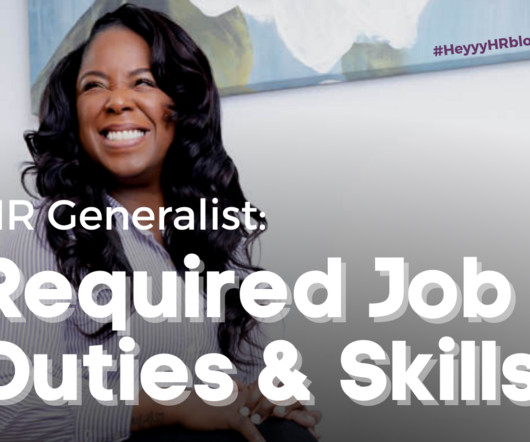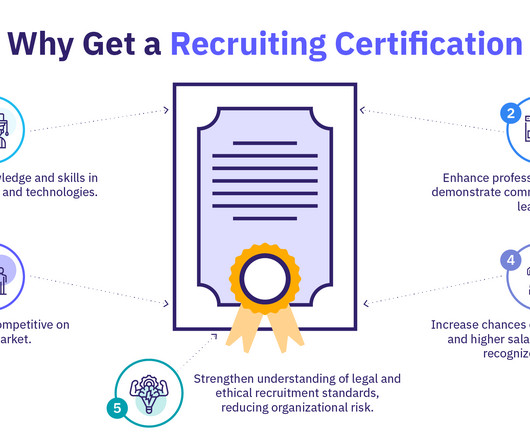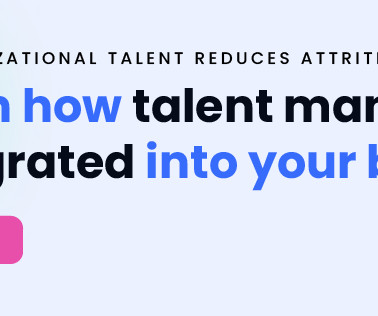Human Resources Generalist: Required Job Duties and Skills
Heyyy HR!
NOVEMBER 16, 2023
Knowledge of employment laws: They should have a good understanding of employment laws and regulations. They should be able to ensure compliance with these laws and regulations. The HR Generalist may use various techniques to resolve conflicts, such as mediation, negotiation, or coaching.




















Let's personalize your content